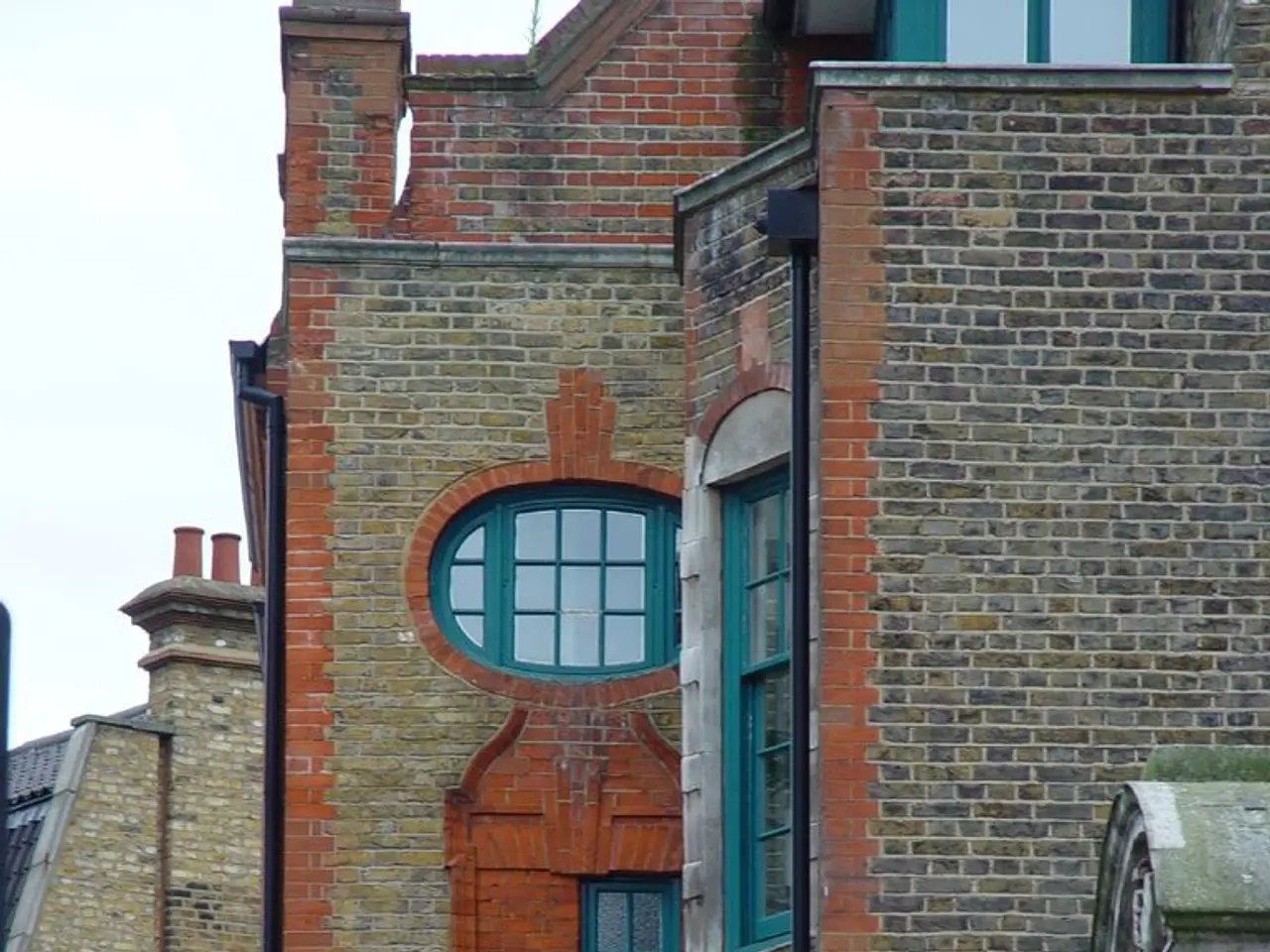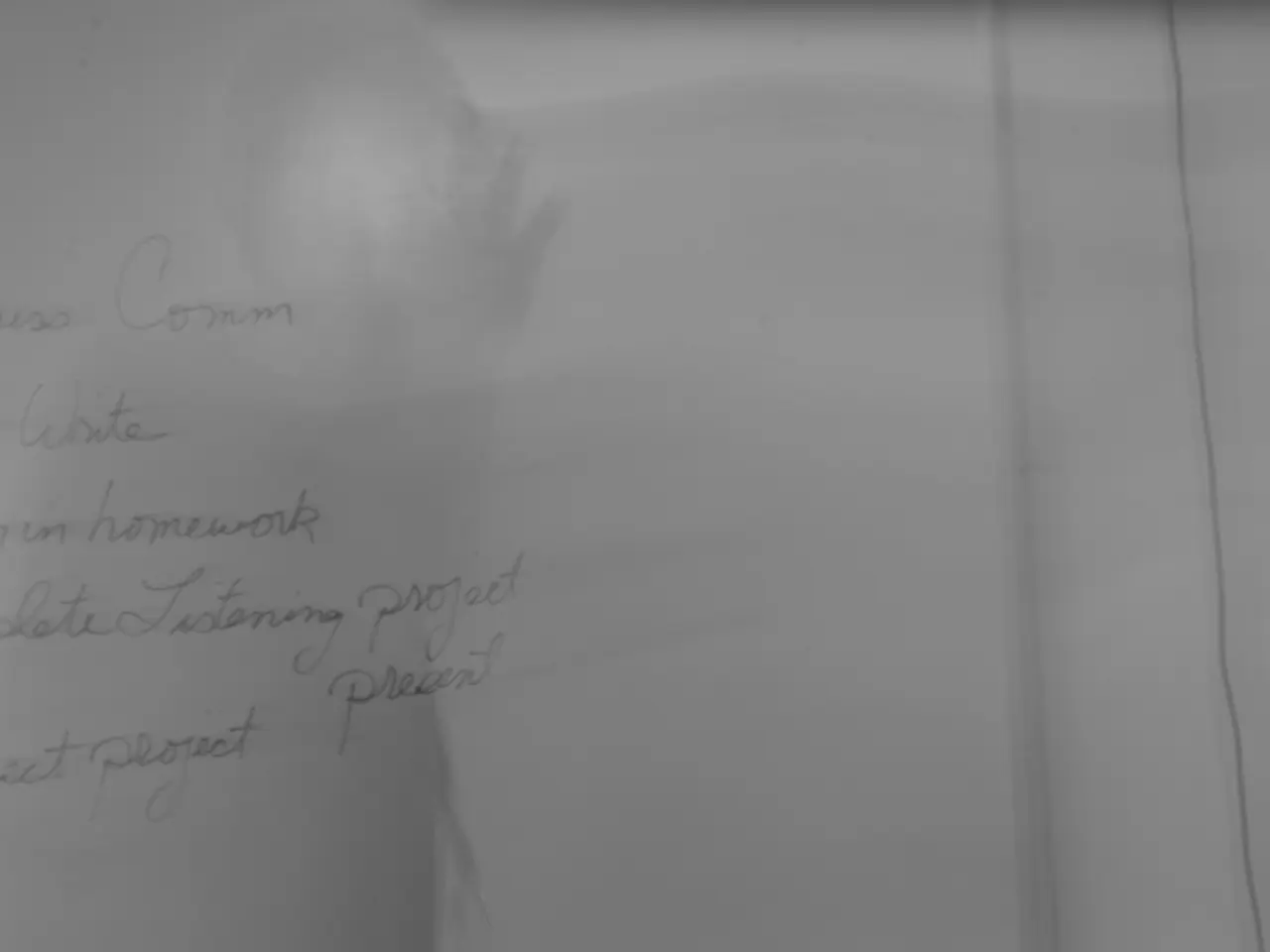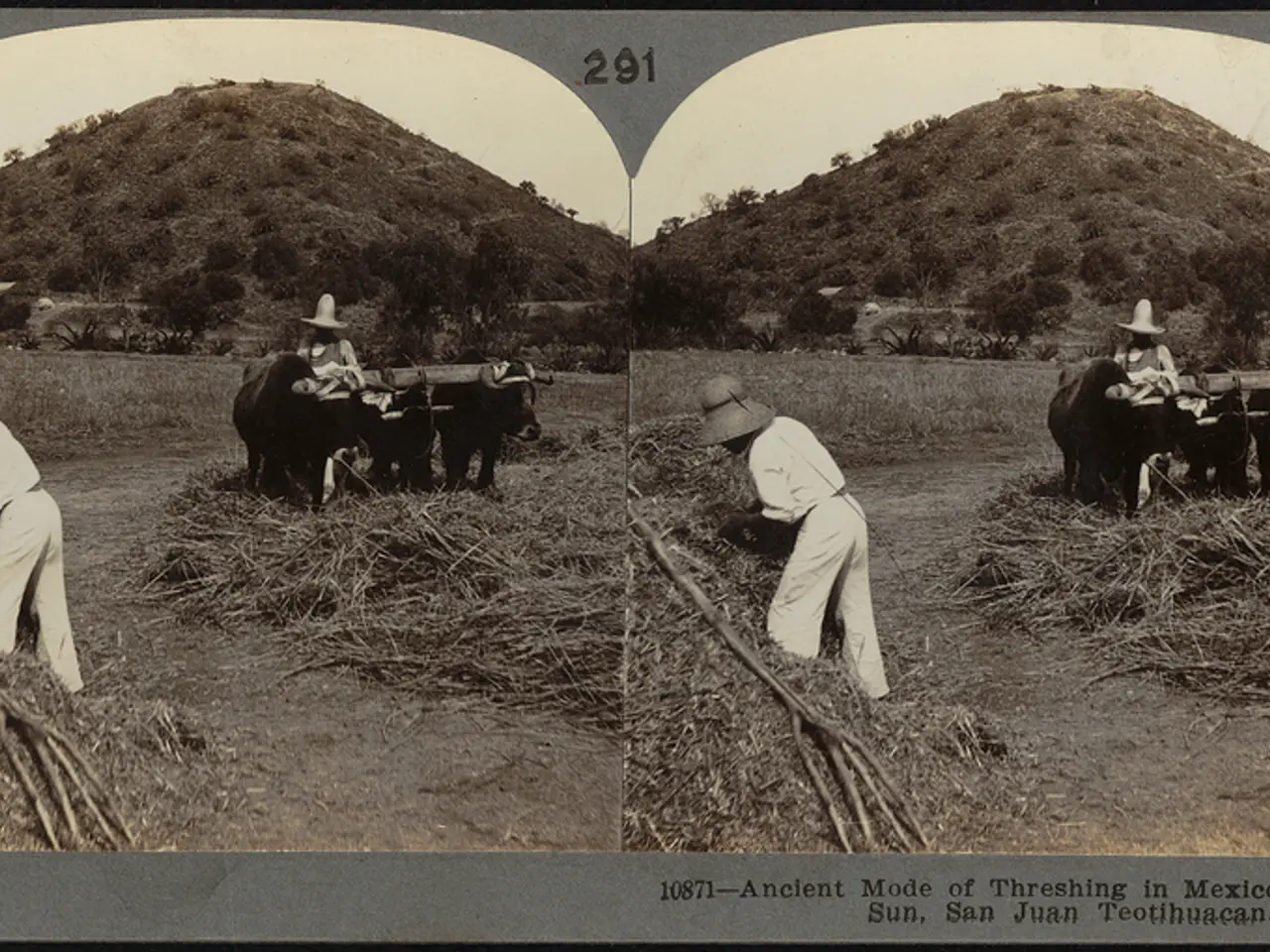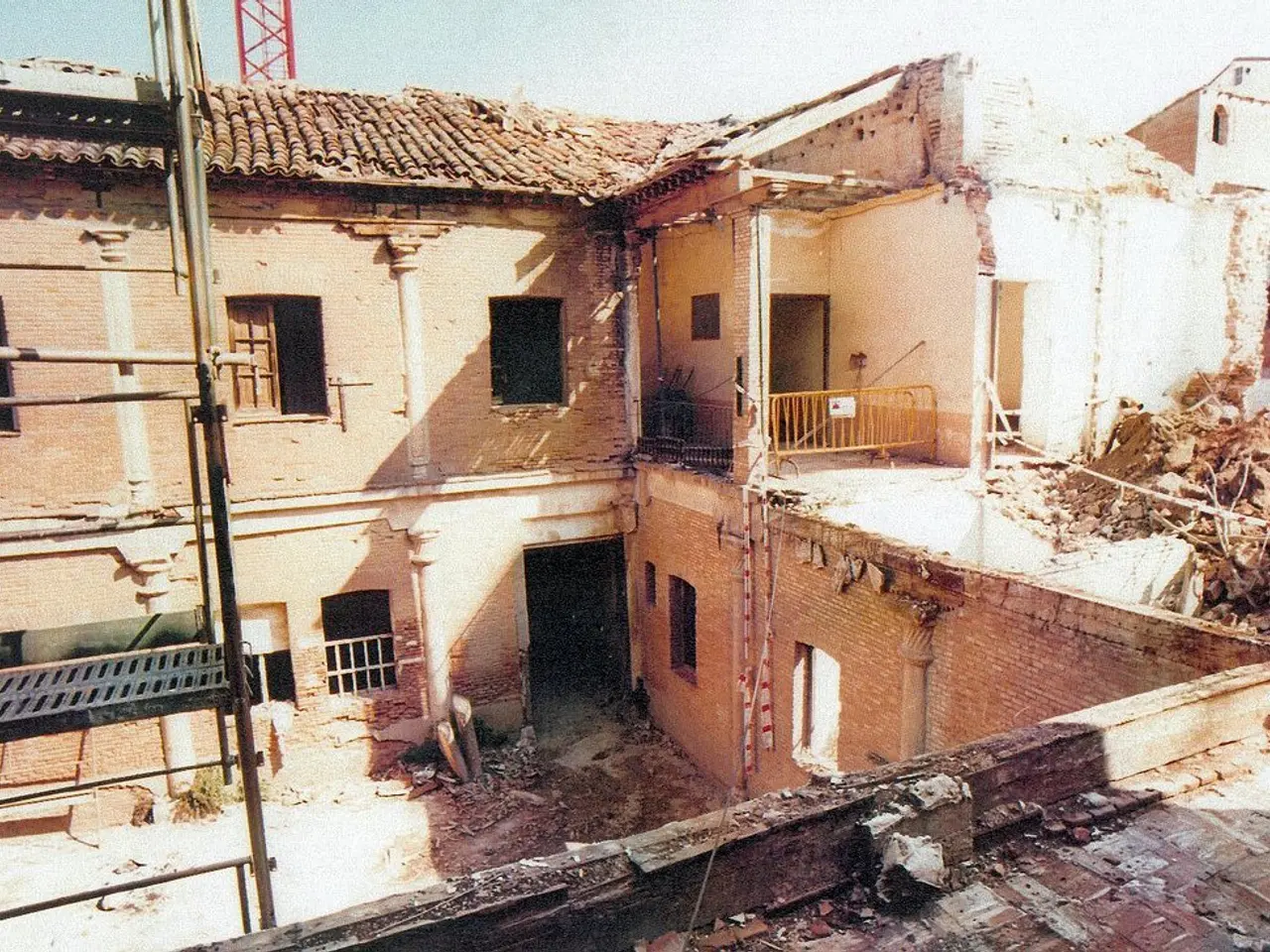Vatican inks solar farm agreement, aiming to transition into a carbon-neutral nation globally.
The Vatican and Italy have joined forces to develop a large-scale solar farm at the Santa Maria Galeria site, located approximately 20 kilometers northwest of Rome. This 430-hectare (about 1,000-acre) area, previously home to Vatican Radio towers, will be transformed into a solar farm to help the Vatican become the world's first carbon-neutral state.
The planned solar farm is expected to generate enough clean electricity to meet the Vatican's energy needs. The development of the site will preserve agricultural use and minimise environmental impact. Any excess electricity generated beyond the Vatican's needs will be given to the local community.
The site is dominated by two dozen short- and medium-wave radio antennae that transmit news from the Catholic Church in dozens of languages. However, the Santa Maria Galeria site has been the source of controversy due to electromagnetic waves emitted by Vatican Radio towers, with residents reporting health problems such as instances of childhood leukaemia. The Vatican has denied any causal link between the health problems and the electromagnetic waves.
In June, Pope Leo XIV visited the site and affirmed his intention to see Pope Francis' vision through. Pope Francis had previously asked the Vatican to study developing the area into a vast solar farm in order to transition away from fossil fuels and find clean, carbon-neutral energy sources.
The Italian parliament must approve the arrangement since it has financial implications for the territory. Once approved, contracts for the work could be put up for bids. The Vatican will be exempt from paying Italian taxes to import solar panels and will not benefit from financial incentives Italians receive when they go solar.
This partnership is significant as it allows Italy to use the field in its accounting for reaching European Union clean energy targets. The development of the solar farm is expected to contribute to the Vatican's goal of becoming carbon-neutral, a move that aligns with Pope Leo XIV's commitment to Francis' ecological legacy.
Vatican foreign minister Archbishop Paul Gallagher and Italy's ambassador to the Holy See, Francesco Di Nitto, signed the agreement marking the beginning of this ambitious project. The transformation of the Santa Maria Galeria site into a solar farm is a step towards a greener future for the Vatican and Italy.
- The solar farm project at the Santa Maria Galeria site aligns with the Vatican's goal of transitioning from fossil fuels to renewable energy, as suggested by Pope Francis.
- This solar farm, when developed, is anticipated to generate clean electricity for both the Vatican's needs and potential excess for the local community, thereby promoting environmental science and combating climate change.
- The partnership between the Vatican and Italy for the development of the solar farm is significant, as it encourages the use of clean, carbon-neutral energy sources and fosters collaboration in the finance sector for the benefit of the environment and the industry.




